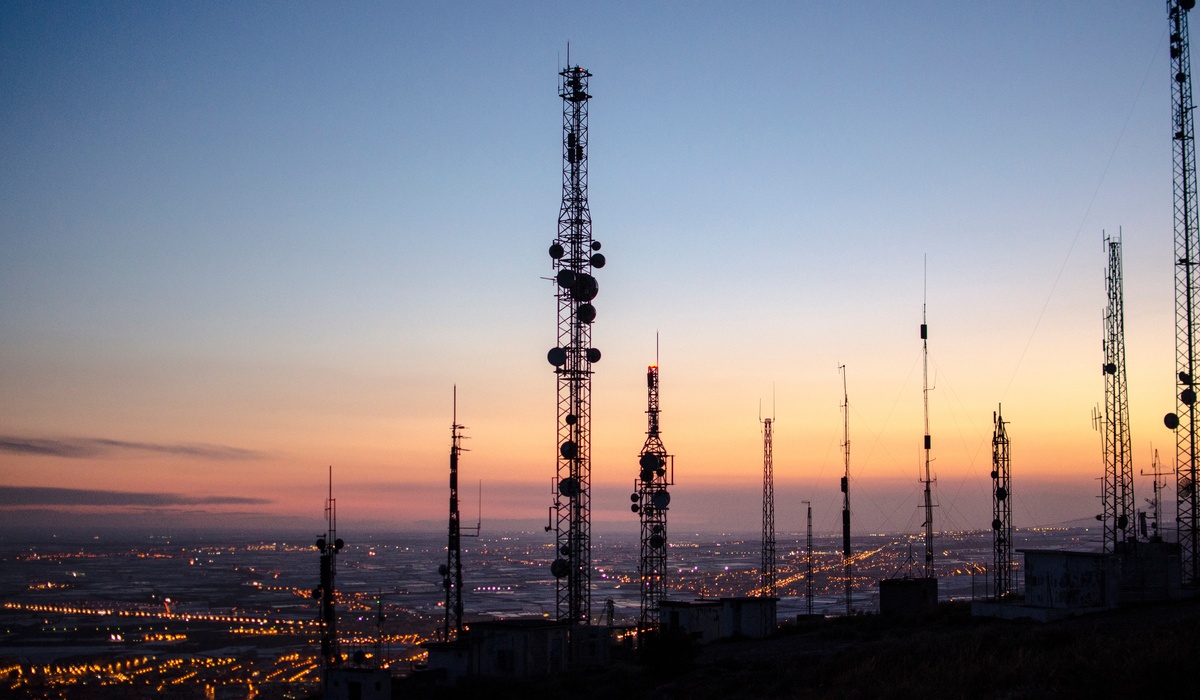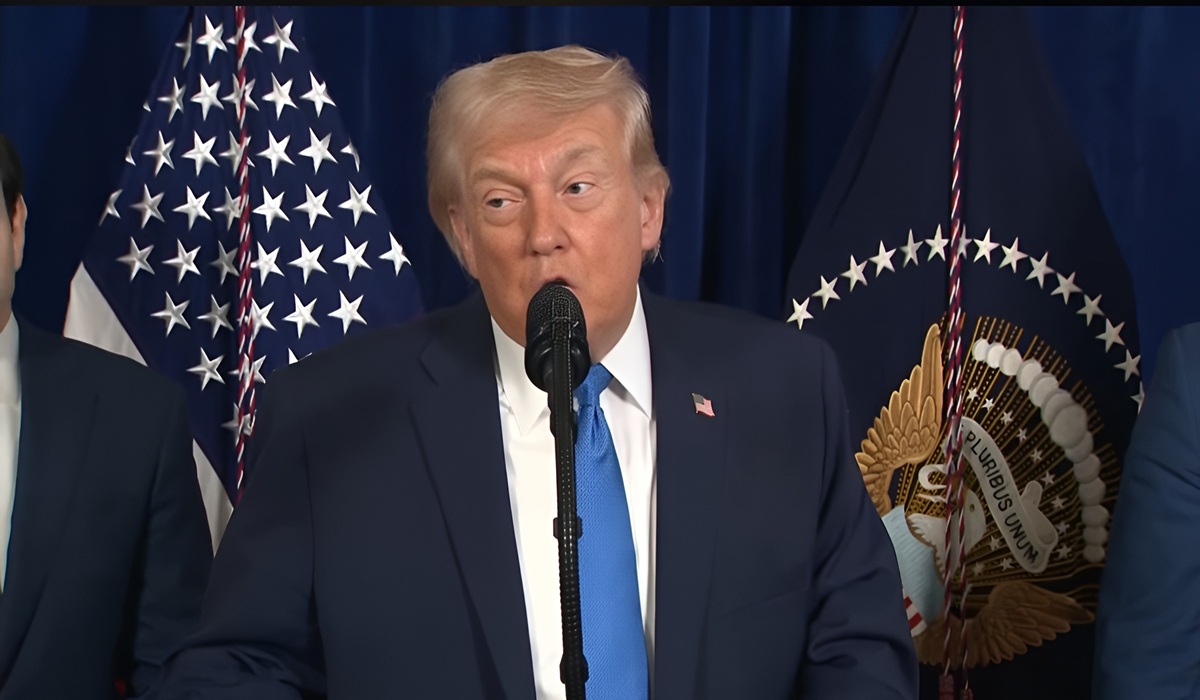Image Credit: Freddy België
New economic agreements worth around USD 8.5 billion were signed in Beijing in September 2025 between Chinese and Pakistani companies at the 2nd Pakistan-China B2B Investment Conference. These focused on sectors such as agriculture, electric vehicles, solar energy, healthcare, iron and steel, and petrochemicals. The agreements are expected to foster increased bilateral trade and investment, boost Pakistan’s export potential—especially in services—and support sustainable economic growth by attracting foreign investment in critical sectors. The impact includes advancing regional connectivity, creating a more diverse export base, and deepening the economic relationship under the broader China-Pakistan Economic Corridor (CPEC) framework.
The agreements represent a step toward sustainable economic growth by leveraging Chinese capital and expertise in Pakistan’s priority sectors. They are expected to enhance Pakistan’s export potential, complementing existing trade agreements in goods and services. Investments in areas such as electric vehicles and solar energy will help modernize Pakistan’s economy and promote new technologies. The accords solidify the economic partnership between the two nations and mark a milestone in their growing cooperation. These agreements fall within the broader CPEC framework, aiming to improve regional connectivity and economic integration.
The new agreements build on the China-Pakistan Free Trade Agreement (CPFTA), which came into effect in 2007 and significantly increased bilateral trade volume, with Pakistan’s exports to China growing substantially. For Beijing, CPEC and related economic agreements serve a strategic purpose by providing access to the Arabian Sea and acting as a counterweight to India. These agreements also come amid broader geopolitical shifts in Asia, including Pakistan’s engagement with other international partners, making this a significant development in regional diplomacy.
Pakistan and China have taken a major step forward in economic ties as Prime Minister Shehbaz Sharif launched CPEC 2.0 in Beijing. A total of 21 MoUs worth USD 8.5 billion were signed between businesses of both countries. The new phase of CPEC will focus on agriculture, IT, AI, minerals, and industrial relocation, with a strong push for B2B investments. Premier Shehbaz highlighted Pakistan’s skilled labor and special economic zones (SEZs) as key opportunities for Chinese firms. He assured investors of fast-track facilitation and security for Chinese nationals, stressing Pakistan’s commitment to modernizing agriculture, boosting exports, and making CPEC a success.
Pakistan, however, continues to struggle with foreign exchange reserves as its economy is not growing fast enough to generate sufficient revenue. The country has refused to undertake the structural reforms required to unlock the second and third tranches of IMF funding and attract broader foreign investment. This has left Pakistan in a self-made debt trap that has worsened over the years, as it relies on one loan after another. It is effectively beyond bankruptcy, with its financial survival now hinging on the terms of loans. China, unlike some other creditors, has proven strict in enforcing loan conditions, limiting Pakistan’s ability to defer payments even when it needs or wishes to. While the Sino-Pakistan joint statement symbolically confirms the growing alliance between the two countries, it does not alter Pakistan’s strained relationship with the United States.
The once-close relationship between Pakistan and the U.S. has become increasingly estranged due to Washington’s allegations that Pakistan harbors and sponsors terrorist groups, as well as Pakistan’s frustrations with U.S. drone strikes, which it views as violations of its sovereignty. Both countries have stated explicitly that the Sino-Pakistan relationship should not be seen as part of separate geopolitical “blocks.” Although strained, the Pakistan-U.S. relationship is not considered beyond repair. American officials emphasize that no country is required to choose between the United States and China.
For India, however, the joint statement validates long-standing concerns about closer ties between two adversaries. It sees a dual threat emerging on its continental landmass, combined with challenges in the maritime domain. This development reinforces India’s belief that Pakistan is firmly aligned with China, and that Beijing continues to use Islamabad as a lever to create pressure on New Delhi.
History teaches that the destiny of humanity is closely linked. Only when nations across the world treat each other as equals, live in harmony, and support one another can common security be safeguarded, the root causes of war eliminated, and historical tragedies prevented from recurring.









